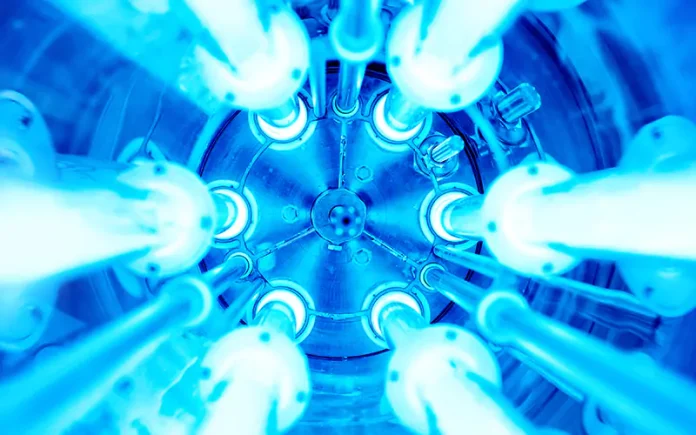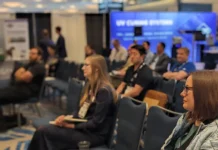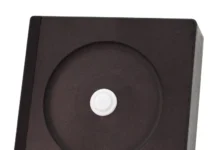The Canadian Advisory Group is composed of IUVA members spanning academia, government and industry. The makeup of the Advisory Group allowed for a holistic, science-based approach to improve the current text and content of the recent Health Canada Interim Order which governs UV emitting devices. Members of the group include Ron Hofmann (University of Toronto), Barry Hunt (Prescientx), Hans Schleibinger (NRC Canada) and Jeremy Yon (GE Current). The Group was formed in late 2021 to establish a team of experts who can serve as a source of guidance and information for the changing landscape of UV regulations within Canada.
In January 2022, the IUVA Canadian Advisory Group collaborated on comments and recommendations to the Pest Management Regulatory Agency (PMRA) within Health Canada. The comments were in response to an Interim Order (IO) governing UV emitting devices. Health Canada released the Interim Order in the summer of 2021 to protect consumers from UV emitting devices that are unsafe, unproven and not validated. The Advisory Group was able to effectively collaborate under a tight deadline and submit comments to Health Canada, and there are hopes to further this relationship by serving as a source for data, information and guidance to shape UV device regulations moving forward. Thanks to all members of the group for dedicating their time and knowledge to this work, and the Advisory Group looks forward to seeing its recommendations incorporated into further legislation.
Excerpts from the guidance provided by the IUVA Canadian UV Advisory Group:
2. Summary of Comments for Submission
2.1 Supporting Data and Studies
It is recommended that the PMRA amend ‘Section 5(c)- Exemption from Registration’ to permit claims for the reduction of pathogenic bioburden on environmental surfaces and air, provided that either product-specific efficacy data, photobiological models, or published peer-reviewed efficacy data fit the PMRA efficacy standard. The current 12-month review time for assessing submitted UV devices is especially challenging to applicants given the dynamic nature of disinfection technologies and their role in safer shared spaces. The consideration of published and available data which assesses the efficacy of UV technologies should be made when conducting the review and regulatory process.
Further clarification regarding broad-spectrum disinfection and spectrum-specific UV emittance is needed. The efficiency, photo-pathways, and outcomes of UV use is not uniform across the UV-C spectrum and guidelines should reflect the heterogeneity of UV technologies. A guidance document (similar to existing PMRA documentation) would be useful in navigating the process of device approval.
2.2 Clarification for Medical Devices
It is recommended that Class I medical devices be added to the following paragraph of the Interim Order:
Despite paragraph 3 (1) (a) of the Regulations, a device of a type described in item 7 of Schedule 1 to the Regulations is exempt from the application of the Act if
a. it meets the definition device in section 2 of the Food and Drugs Act; and
b. it is classified as a Class I, II, III or IV medical device under the Medical Devices Regulations.
2.3 Additional Points for UV Safety Mechanisms
The Advisory Group is in support of the following conditions of the IO with additions designated by bold text. Bullet e) has an added point (iii) which states that stipulations for exemption of UV emitting devices should include considerations for mechanisms which detect and automatically shut off light sources in occupied settings. The inclusion of this category further clarifies safety precautions for areas that are disinfected by UV light which are also periodically occupied. Note that point iv has been added to reflect the intent for all devices to be in alignment in terms of exposure limits and regulations.
An ultraviolet radiation-emitting device is exempt from the application of subsection 6 (1) of the Act if the following conditions are met:
e. the device has at least one of the following mechanisms:
i. a mechanism that locks the device during operation, or
ii. a mechanism that automatically shuts off the device if it is opened during operation; or
iii. a mechanism that detects occupancy in the area being treated and automatically shuts off the device if occupancy is detected.
iv. the device listing from requirement a) includes operation below exposure limits if a device is emitting shielded UV light in an occupied space
f. the ultraviolet lamp is fully shielded or enclosed in the device in a manner that prevents access to it by users of the device and prevents exposure to ultraviolet radiation.
i. the device listing from requirement a) includes operation below exposure limits if a device is emitting shielded UV light in an occupied space.
For the full comments or more information, contact Dr. Sean MacIsaac, Dalhousie University, at [email protected].





